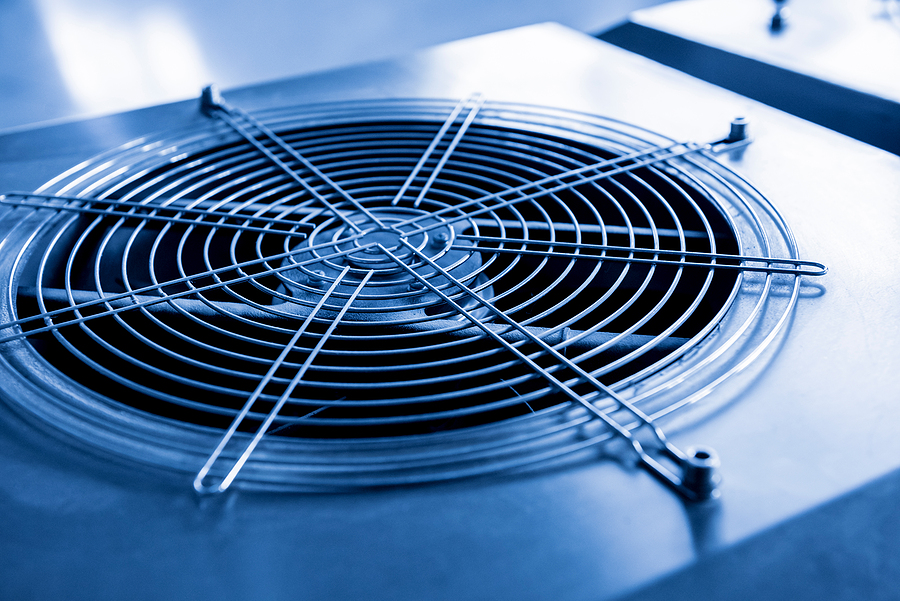An open office can foster collaboration, but it often comes at the cost of concentration. The constant chatter, ringing phones, and clicking keyboards can create an environment where focus is hard to find. While many factors contribute to a productive workspace, one of the most effective yet overlooked solutions is right there in the walls: drywall.
Drywall, or gypsum board, is a fundamental component of modern construction, known for its fire resistance and smooth finish. However, its role in managing sound is just as critical, especially in a commercial setting. Properly selected and installed drywall can significantly reduce noise transfer, turning a distracting office into a sanctuary of productivity.
This guide will explore how drywall contributes to soundproofing, its impact on employee focus, and how to leverage it to create a more efficient and pleasant office environment.

Understanding Sound and Its Office Impact
Sound travels in waves, moving through the air and solid objects until it reaches our ears. In an office, these waves come from countless sources—conversations, footsteps, office equipment, and even external traffic. When left unchecked, this collection of sounds becomes noise, a disruptive force that can hinder productivity and decrease employee well-being.
An environment with high noise levels is more than just an annoyance; it can lead to increased stress, reduced concentration, and a higher rate of errors. Studies have consistently shown that a quiet workspace allows employees to focus more deeply on complex tasks, leading to better outcomes and greater job satisfaction.
Soundproofing isn’t a luxury; it’s a strategic investment in your team’s performance. The goal is to absorb or block sound waves, preventing them from traveling between spaces and creating a more controlled acoustic environment.
The Right Drywall for Soundproofing
Not all drywall is created equal when it comes to blocking sound. While standard drywall offers some level of sound reduction, several specialized types are engineered specifically for better acoustic performance.
Standard Drywall
Standard drywall, typically 1/2-inch thick, is the most common type used in construction. It provides a baseline level of sound insulation, but it may not be sufficient for offices where noise control is a priority. Doubling up layers of standard drywall can improve its sound-blocking capabilities, but specialized options are often more effective.
Soundproof Drywall
Also known as acoustic or noise-reducing drywall, this product is designed with soundproofing in mind. It consists of a layer of gypsum combined with other materials like viscoelastic polymers, which are sandwiched between two outer layers of paper.
This construction allows the drywall to dampen sound vibrations more effectively than standard panels. Though it comes at a higher cost, its superior performance often makes it a worthwhile investment for conference rooms, private offices, and other areas where confidentiality and quiet are essential.
Type X Drywall
Primarily known for its fire-resistant properties, Type X drywall is denser and thicker (usually 5/8-inch) than standard drywall. This added mass helps it block sound more effectively. While its main purpose is fire safety, its acoustic benefits make it a solid choice for office construction, offering a dual advantage.
Laminated Drywall
This option involves layering standard drywall panels with a sound-dampening compound, like Green Glue, in between. The compound converts sound energy into a small amount of heat, effectively stopping the noise from passing through the wall. This method can be used to retrofit existing walls or as part of a new construction project to significantly boost soundproofing.
Schedule a Commercial Drywalling Estimate Now ✅
Why Professional Installation Matters
Choosing the right type of drywall is only half the battle. The effectiveness of your soundproofing efforts heavily depends on the quality of the installation. Even the most advanced acoustic drywall will fail to perform if it’s not installed correctly.
Sound is like water; it will find any crack or gap to travel through. This means that airtight construction is key to successful soundproofing. Commercial drywall installation professionals understand the nuances of acoustic sealing. They will ensure that all joints between drywall panels are properly staggered and sealed with acoustic caulk. They also pay close attention to potential weak points, such as electrical outlets, light switches, and the perimeters of walls, floors, and ceilings.
Furthermore, creating a decoupled wall assembly by using resilient channels or a double-stud wall can dramatically improve sound isolation. These techniques create a break in the path of the sound waves, preventing vibrations from transferring from one side of the wall to the other. An experienced commercial general contractor can recommend and implement the best installation method for your specific needs, ensuring you get the maximum acoustic benefit from your investment.
More Ways to Boost Office Productivity
Beyond soundproofing with drywall, several other remodeling strategies can enhance the office environment and support employee satisfaction.
- Improved Lighting: Integrating natural light through larger windows or skylights can boost mood and energy. Supplementing this with high-quality, adjustable LED lighting allows employees to customize their workspace brightness, reducing eye strain.
- Ergonomic Workstations: Investing in adjustable desks, supportive chairs, and monitor arms allows employees to create a workspace that fits their physical needs, reducing discomfort and improving focus.
- Flexible Spaces: Create a variety of work zones, including quiet areas for focused work, collaborative spaces for team projects, and comfortable lounges for breaks. This flexibility allows employees to choose the environment that best suits their task at hand.
- Biophilic Design: Incorporating natural elements like indoor plants, wood finishes, and water features can reduce stress and improve creativity. A connection to nature, even indoors, has been shown to have a positive impact on well-being.
Build a Better Workspace
A productive office is a carefully designed ecosystem where employees can do their best work. While open-plan layouts have their benefits, managing noise is crucial for maintaining focus and reducing stress. By strategically using the right type of drywall and ensuring its professional installation, you can create a quieter, more productive atmosphere for your team. This foundational step, combined with other thoughtful design choices, can transform your office into a place where your business and your employees can thrive.
If you’re ready to enhance your office environment with professional commercial remodeling in the Indianapolis area, our team is here to help. Contact Us Today to discuss how we can create a more productive and satisfying workspace for your team.
Related Post: Top 4 Tenant Improvements to Boost Office Productivity









